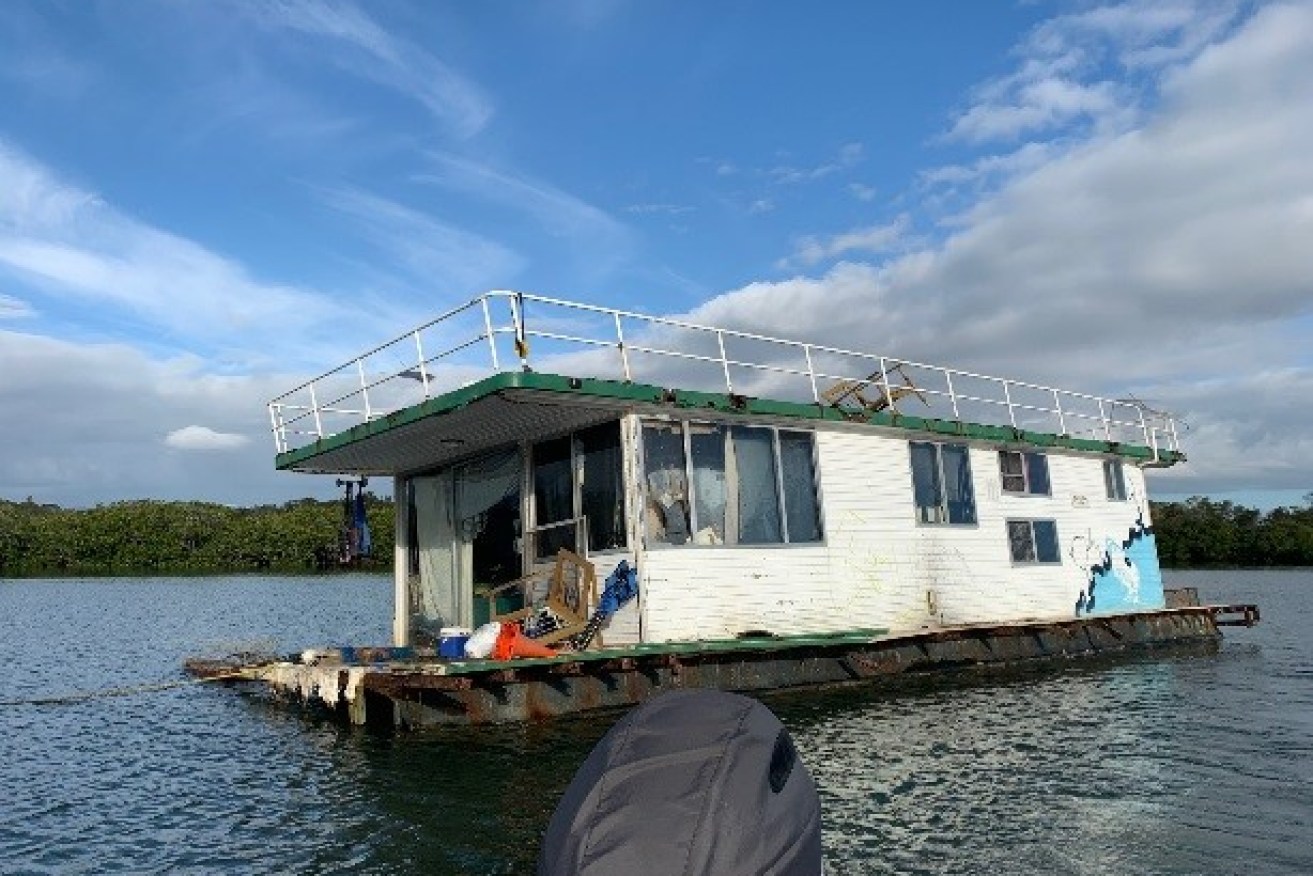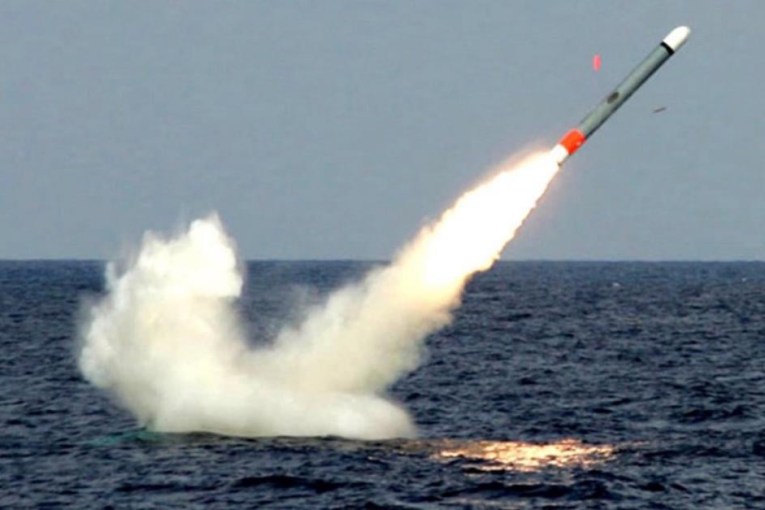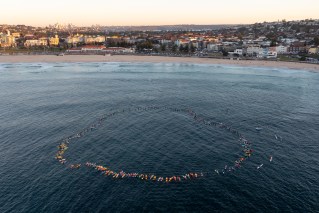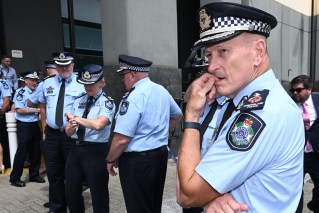War on wrecks: plans to rid Noosa River of its floating shanty town of old boats
One of Queensland’s most popular waterways, the Noosa River, may become a protected zone, with boats removed if they remain anchored for more than 28 days and a ban on people living on the river as part of a crackdown on overcrowding.


Noosa Shire Council and Maritime Safety Queensland are also considering plans to cap the number of moorings on the river to respond to growing community anger over the way some boaties are abusing the relaxed regulations that cover the waterway.
A recent count found that there are now more than 1000 vessels seemingly permanently moored or at anchor in the river. One in 10 of these are in poor or derelict condition, MSQ says.
The council has been grappling with how to handle the popularity of the river for several years, with residents complaining about the number of derelict vessels and abandoned hulks fouling one of Noosa’s most important natural assets.
It has admitted the sheer number of wrecks and abandoned vessels has turned parts of the river into an eyesore but has been frustrated in previous attempts to fix the problem.
Now, the recently formed Noosa River Stakeholder Advisory Committee has urged both the council and MSQ to introduce a range of reforms, warning that the river had become a “chaaoic dumping ground for all manner of vessels”.
Its recommendations include a maximum anchoring time of 28 ays in a financial year, capping mooring numbers and making them more eco-friendly and phasing out what are termed “permanent live-aboards”.
A report to be presented to council next week also reveals that MSQ officers are pushing for the introduction of a “marine zone” for the Noosa River under state legislation which would give it more power to control boatie behaviour.
“It is also important to note that the time limits for anchor vessels will likely provide more, rather than less capacity for recreational and visiting vessels,” the report says.
“By removing permanent vessels, often having not been used for long periods of time, it allows that space for actively-used recreational and visiting vessels, basically allowing for more turn-over of available space.”
The number of stationary vessels on Noosa River and Noosa Waters has jumped by 20 percent over the past 14 years. Less than half are considered in excellent condition.












